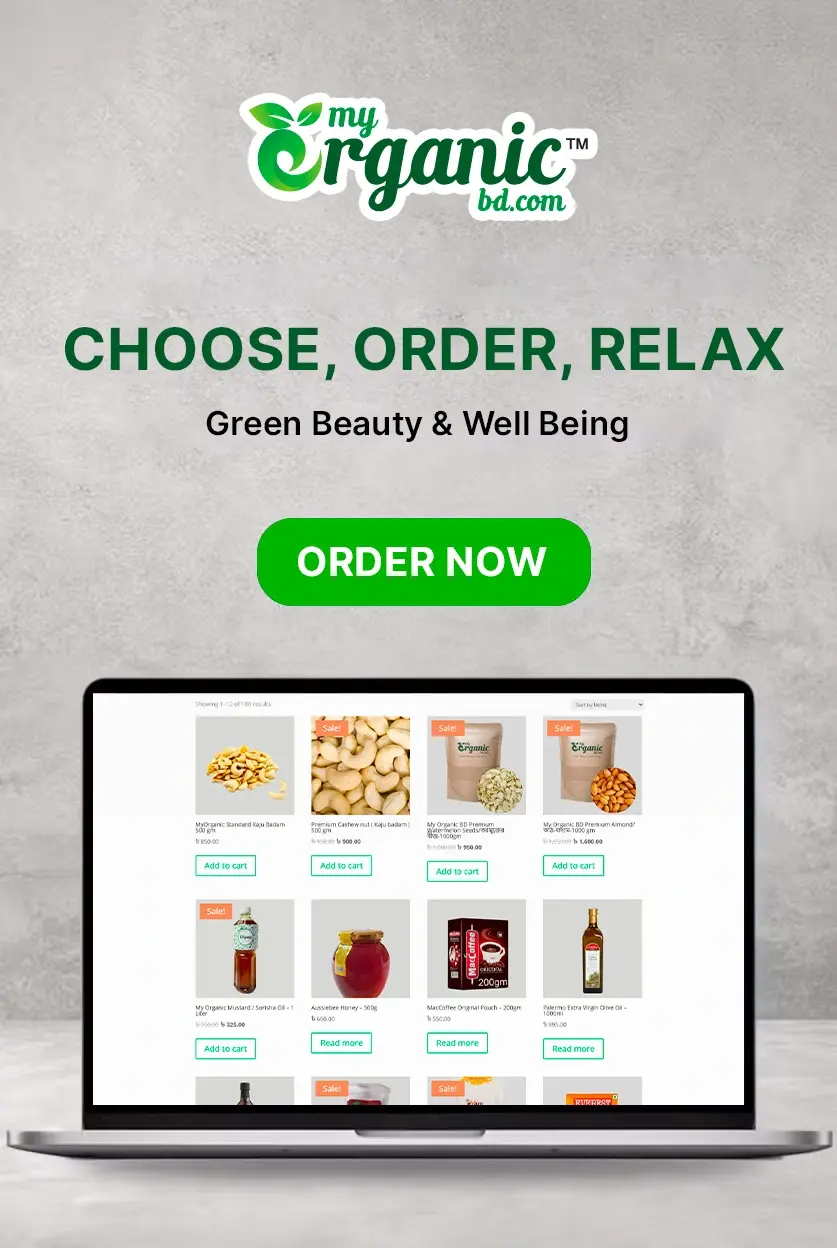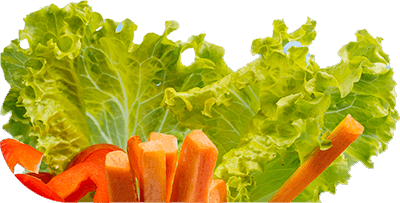Herbs and spices are not just cooking items that make food tasty. They are one of the earliest wellness items in history. There are countless herbs and spices in the world. People all around the world use them in different ways. There are many myths and pseudo-treatments with herbs and spices. But many of them have scientific truth. By learning the benefits of different herbs and spices, you can become a little kitchen wellness expert!
Hi, we are team My Organic Body & Diet (MyorganicBD). We are a group of nutritionists, doctors, microbiologists, and writers. Our combined effort is to make the most insightful article on organic wellness.
In this article, we will discuss secrets about herbs & spices, different types, their benefits, and common questions people ask about this topic. Let’s start.
What are Herbs and Spices?
Herbs and spices often come together. Herb is the leaf of a plant that is used for aroma, taste, and wellness properties. Spices do the same job but come from all the other parts of plants. Herbs & spices often come with potent bioactive components, taste, and flavor. They are often used for increasing the taste, flavor, and color of food. Some of them are also used for preservation.
In the context of wellness, herbs & spices come with dense antioxidants, anti-inflammatory, antibacterial, and many other properties. Their benefits can range from brain function to better digestion, sugar control, gut health, and many more. They have been used for thousands of years in traditional medicine. They are not too reliable for medical purposes like in the past. But herbs and spices are still very much relevant as a tool for wellness. They are not only used in food, but also added to teas and supplements for better health. They will remain very useful for wellness in the upcoming era.
What are the essential herbs & spices ? List
There are almost thousands of spices and herbs. Only a few of them are significant locally and globally. The number is roughly 40 to 50. But we do not use them regularly. Here is a list of popular herbs & spices that people use globally –
- Basil
- Mint
- Rosemary
- Thyme
- Cilantro
- Parsley
- Sage
- Turmeric
- Ginger
- Cinnamon
- Black pepper
- Cayenne Pepper
- Cloves
- Nutmeg
- Cardamom
- Garlic
- Saffron
- Black seed
- Cumin
- Oregano
What are the core Health Benefits of popular herbs & spices?
In this section, we will learn more about the health benefits of popular herbs and spices.
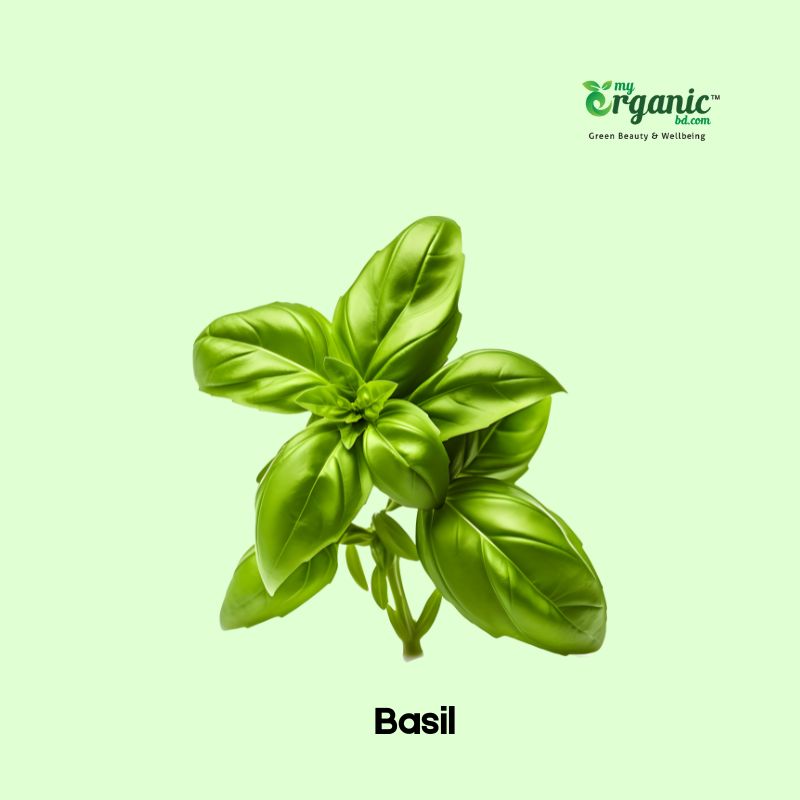
Basil
Basil contains vitamin K, eugenol, and rich antioxidants. It supports heart health and helps reduce blood sugar. Basil can be added to fresh salad, curries, sauces, soups, and as a garnish.
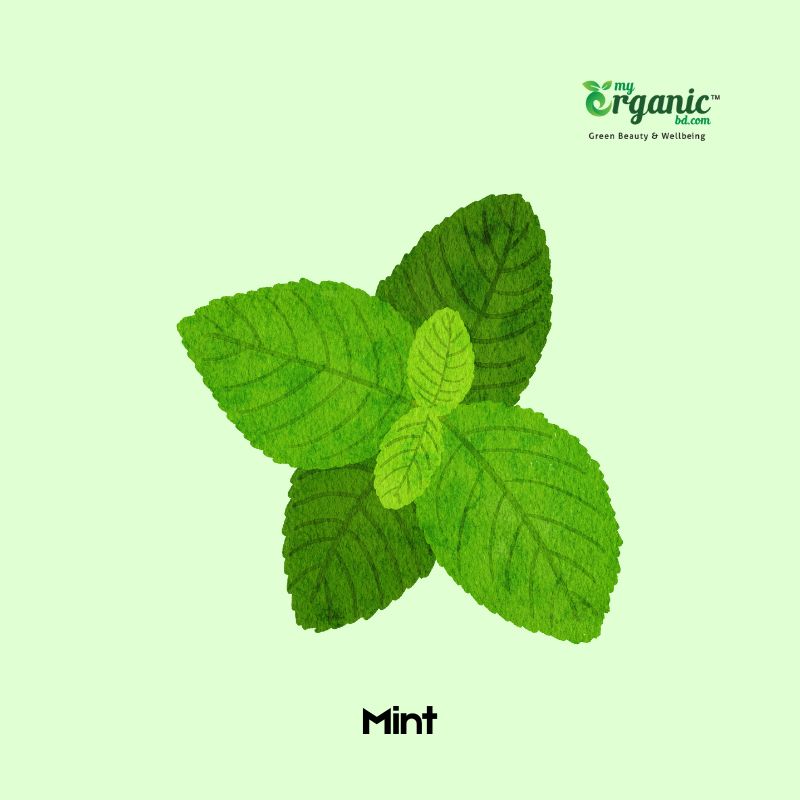
Mint
Mint is rich in menthol, vitamin A, C, and powerful antioxidants. It supports digestion and gut health. It also comes with a cooling effect. Mint can be used in tea, salads, curries, juices, and desserts.

Rosemary
Rosemary contains carnosic acid, rosmarinic acid, antioxidants, and essential oils. It can improve brain and cognitive function. It also contains antioxidant and anti-inflammatory benefits. Rosemary can be used in roasted meat, vegetables, and infused in natural oils.

Thyme
Thymol, flavonoids, antioxidants, and carvacrol are the main components of thyme. It comes with antibacterial and anti-inflammatory effects. It also supports immune health. It can be added to pizzas, sauces, and marinades.
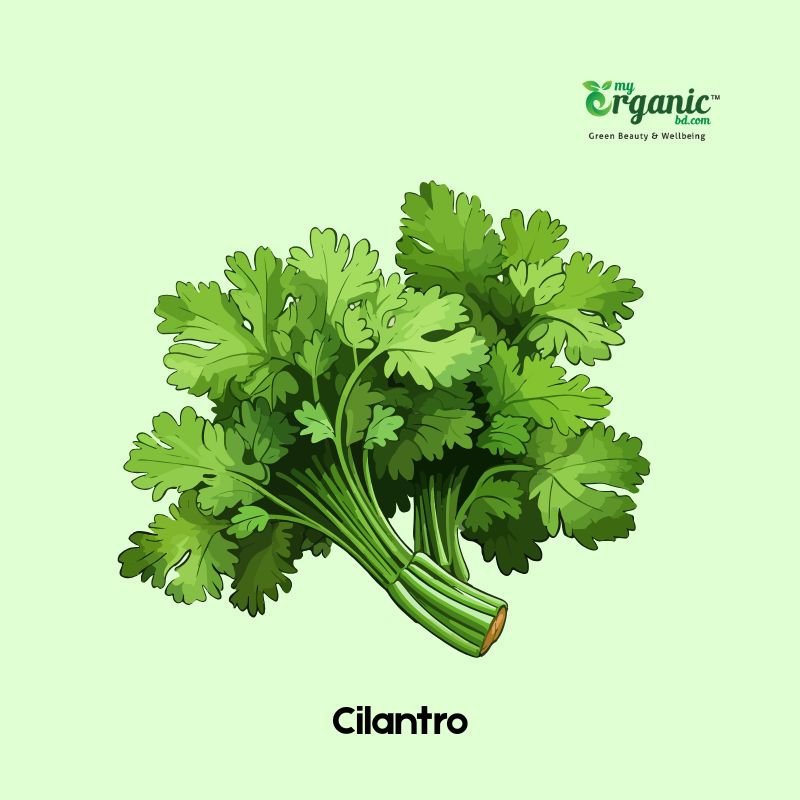
Cilantro
Cilantro contains vitamin A, C, and K. It comes with strong detoxifying properties and can reduce blood sugar levels. Cilantro is used in fresh salads, salsas, and garnishes in other dishes.
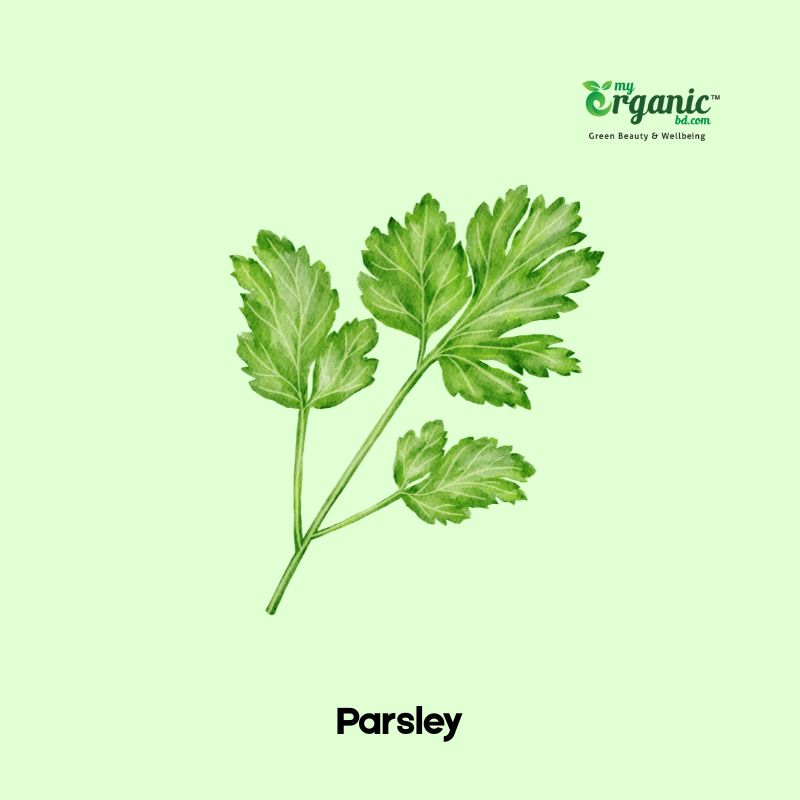
Parsley
Parsley is full of vitamin K, C, A, antioxidants, and flavonoids. It is helpful for bone and skin health. It can be added to soups, curries, salads, and garnishes.

Sage
Sage contains rosmarinic acid, flavonoids, and camphor. It supports brain function and memory and contains anti-inflammatory properties. It is used in meat recipes and herbal tea.
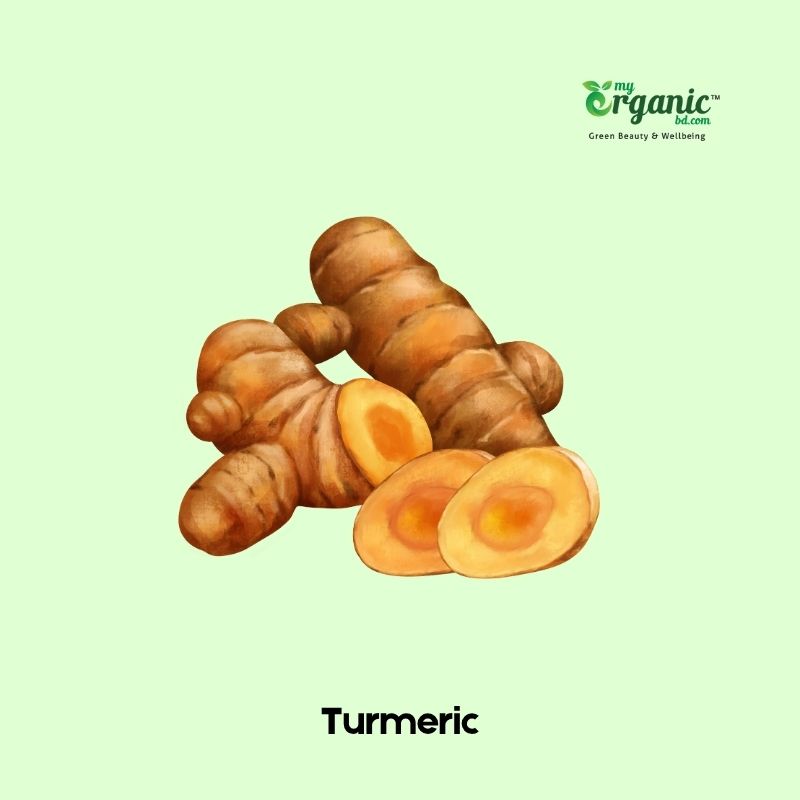
Turmeric
Curcumin is the active ingredient of turmeric. It is a potent component with antioxidant and anti-inflammatory power. It is added to curries, soups, beverages, and golden milk. People all over the world use turmeric. Read the amazing health benefits of turmeric.
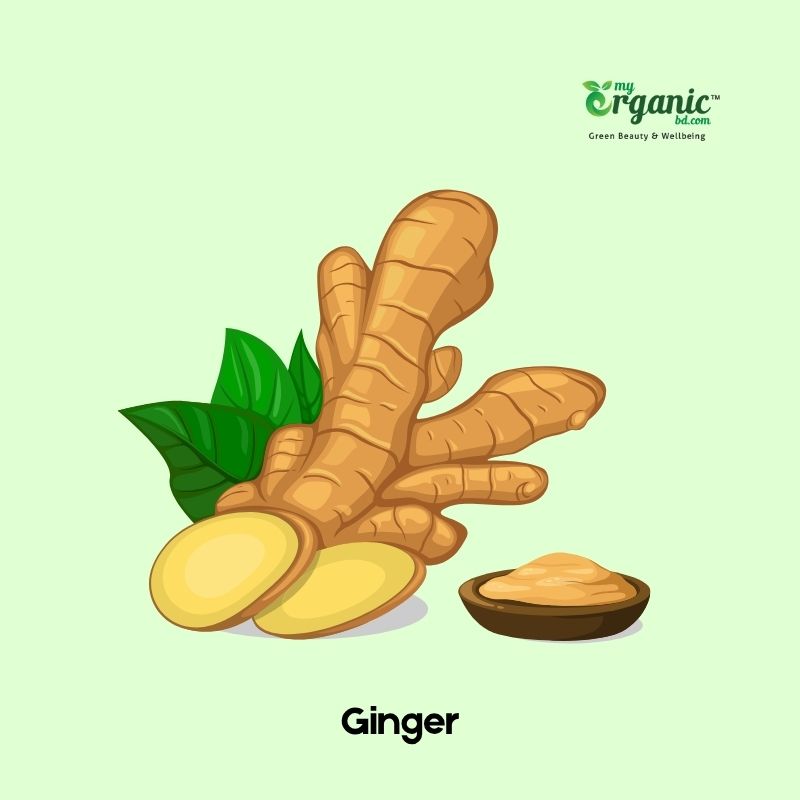
Ginger
Gingerol, shogaol, and zingerone are the primary biocomponents of ginger. It supports digestion, reduces nausea, and inflammation. It is used in tea, curries, and meat recipes. Read our story Ginger as a superfood!

Cinnamon
Cinnamon is high in cinnamaldehyde and antioxidants. It has the effects of reducing blood sugar and inflammation. It is used in chai, cereals, baked goods, and different curries. It’s a very potent spice. Please check all blogs about cinnamon on our website.

Black Pepper
Black paper contains piperine and alkaloids. It improves nutrient absorption in the body. It also contains powerful antioxidants. It is used for seasoning meat and in different spicy dishes.

Cayenne Pepper
Capsaicin is the primary molecule of cayenne pepper. It helps boost metabolism and supports relieving pain. It also helps to release happy neurotransmitters in the brain. It is used in hot dishes, sauces, and curries.

Cloves
Cloves are rich in eugenol and antioxidants. It contains antimicrobial properties and improves dental health. It is used as a flavoring agent in different dishes, teas, and savory dishes.

Nutmeg
Myristicin and essential oils are the main components of nutmeg. It supports digestive health and contains antioxidant properties. It is used in baking, beverages, and sauces.
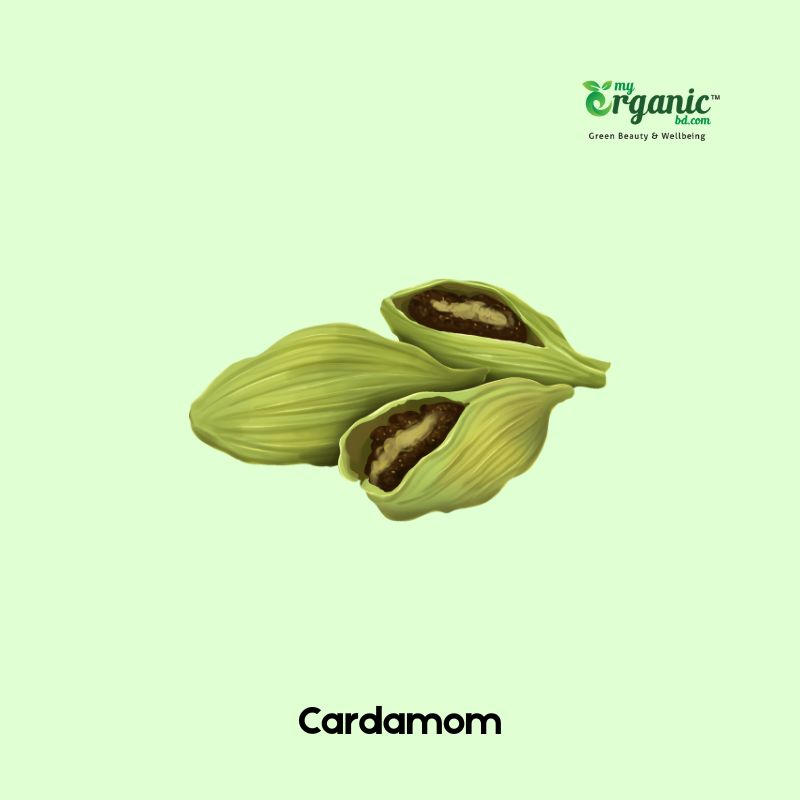
Cardamom
Cineole and limonene are the primary components of cardamom. It supports digestive health and has blood pressure-reducing benefits. It is used in teas, sweet desserts, and savory dishes.
Garlic, saffron, black seed & very few we don’t talk about here much. We wrote detailed articles for those. Keep reading.
Are Dried Herbs Less Nutritious Than Fresh Herbs?
Yes, generally dried herbs are less nutritious than fresh herbs. But the differences mostly occur in specific conditions. Many herbs and spices contain vitamin C, which is an essential component for our wellness and immune system. This nutrient is sensitive to heat and dryness. So the vitamin C content in dried herbs is significantly lower in dried herbs. Oregano, lemon balm, and peppermint are some of the herbs that may lose this health benefit when dried.
Similar to vitamin C, polyphenol content can also decrease in the dried herbs and spices. It is a powerful antioxidant that is sensitive to high heat and dryness. But dry herbs have better shelf life and a dense flavor, taste.
Do Spices Cause Digestive Problems?
If you say spices cause digestive problems, that would be oversimplified and wrong. Few spices may cause digestive problems for certain people, while some spices are very beneficial for digestive health and wellness. Chilli peppers contain capsaicin, which can irritate the gastrointestinal tract for some people. It can lead to burning, gas, and bloating. People with IBS are more prone to these problems. Onion and garlic may also cause gas and bloating due to their fermentable fiber. Spicy food can often cause acid reflux and increase the production of stomach acid production.
However, some spices are very helpful for digestion. Turmeric reduces stomach acids and soothes the gut. Ginger helps alleviate bloating, nausea, and other digestive issues. Peppermint oil can also help relax the gastrointestinal tract.
Can You Consume Too Many Herbs and Spices?
Yes, it is possible to easily overdose on herbs and spices as they contain potent bioactive components. Overconsumption can cause blood thinning, liver damage, allergic reactions, diarrhea, vomiting, and many other stressful conditions. Cassia cinnamon contains coumarin, and high doses of it can be harmful to the liver. Eating too much spicy food made may cause abdominal pain, diarrhea, and vomiting. Some people also have an allergic reaction to different spices. Due to herbs and spice’s intensity, they can easily interact with other medications.
So, it is important to consume the herbs and spices recommended. If you are on some medication or treatment, don’t forget to discuss it with your healthcare provider.
In general, herbs & spices are safe.
What Are the Best Anti-Inflammatory Herbs and Spices?
If you are looking for herbs and spices for getting rid of inflammation turmeric, ginger, cinnamon, and clove are some of the best options. They contain natural bioactive components such as curcumin, gingerol, etc. They can relieve inflammation, ease pain, and support overall wellness.
Which Herbs and Spices Are High in Vitamins and Minerals?
Parsley, basil, coriander, thyme, chilli peppers, turmeric, and cumin are some of the nutrient-dense herbs and spices. They contain a lot of vitamins and minerals.
How Many Herbs and Spices Should You Consume Daily?
There is no universal rule for herbs and spice consumption. It can differ a lot in taste and wellness targets. But you don’t need to consume a whole lot of them to get more benefits. 2-3 spices per day are enough and generally safe. Also, varying the spices and herbs every day is a good practice. Add ginger to tea, turmeric to eggs, cinnamon to oats, and so on. Moderation is key.
Conclusion
Herbs and spices are important parts of our food and culture. They have a long history of aiding our overall wellness. But nowadays, we are not aware of their wellness benefits. I hope this article provides a comprehensive discussion on herbs and spices.
Want to learn more about superfood for wellbeing? Please read the basics of superfoods : benefits, type, list & uses for natural wellness.
Mr. Shariful Alam Pavel believes in natural living. To live a healthy conscious living, we need to eat green, live green. MyOrganic Bd is a green wellbeing brand, educating millions to live a better life with mother nature.
- Shariful Alamhttps://myorganicbd.com/author/sharif/
- Shariful Alamhttps://myorganicbd.com/author/sharif/
- Shariful Alamhttps://myorganicbd.com/author/sharif/
- Shariful Alamhttps://myorganicbd.com/author/sharif/


